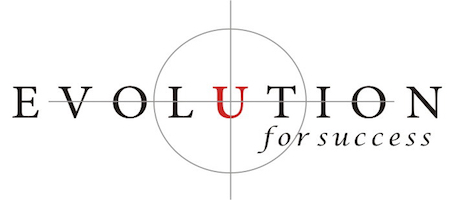Effective Leadership…
Every manager and business executive is faced with higher and higher demands for their team’s productivity and work output. Pushing directly back against those demands are the employees’ needs to feel that they, and their work, is appreciated. With increased stress and pressure on performance and output, it is easy to see how management and employees can easily become divided.
As a top executive or business owner, how do you effectively bridge the gap between pushing for productivity and genuine appreciation for a job well done? One of the places to start is in understanding where you employees’s “finish line” is. Their “finish line” is the optimum place to give positive feedback and appreciation for their efforts.
Look at your employees and ask yourself, “What is John Smith weakest at: starting tasks, changing tasks or finishing tasks?” You may ask yourself, “why not focus on what they are best at instead?” The answer is because they already know they are good in that area, it comes naturally, and people only grow in confidence when they have to do something tough and overcome an obstacle.
The employees’ weakness identifies their personal “finish line.” This is where a leader can be most effective in showing appreciation because this is where the persons greatest obstacles lie.
Someone who has trouble starting things, needs reinforcement when they start. People who have trouble being flexible and changing things in mid-stride, need reinforcement when they are flexible. And people who have problems finishing tasks get the most from accepting what they “have” finished. Most managers just want to focus on giving feedback when the job is completed. This fails to acknowledge the moments when the employees overcame their limitations to get the job finished.
Simply stated, some people need reinforcement just for starting, others for being flexible and changing things, while others need the reinforcement when they finish the task. An effective leader will identify where their employees cross their own personal finish line and take advantage of it!
So take a little bit of a different approach with your staff and ask yourself, “Where are they weakest in their job; starting tasks, being flexible to change in the middle of things, or completing the task?” Take advantage of when you see them overcome their personal weaknesses because that is the perfect moment appreciate their efforts and maximize the productivity of the team!

